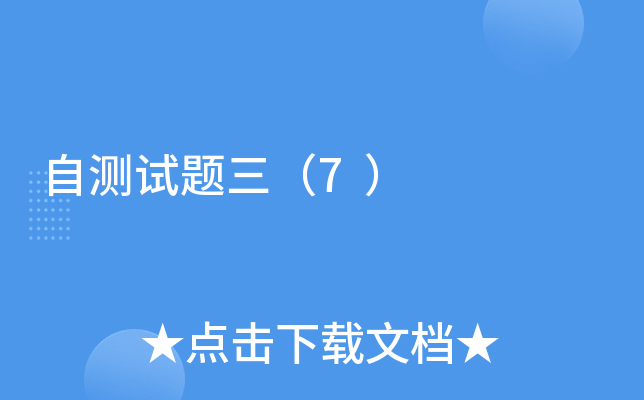that the experience of the student mentioned as having
studied Wife in the Right would have which of the fol-
lowing effects?
(A) It would lead the student to disregard information
found in the Bibliotheca Britannica.
(B) It would teach the student to question the accuracy
of certain kinds of information sources when
studying neglected authors.
(C) It would teach the student to avoid the use of refer-
ence sources in studying neglected authors.
(D) It would help the student to understand the impor-
tance of first editions in establishing the author-
ship of plays.
(E) It would enhance the student's appreciation of the
works of authors not included in the canon.
19. The author of the passage suggests that which of the
following is a disadvantage of the strategy employed in
the experimental scholarly methods course?
(A) Students were not given an opportunity to study
women writers outside the canon.
(B) Students' original work would not be appreciated
by recognized scholars.
(C) Little scholarly work has been done on the work
of Elizabeth Griffith.
(D) Most of the students in the course had had little
opportunity to study eighteenth-century literature.
(E) Students were not given an opportunity to encoun-
ter certain sources of information that could
prove useful in their future studies.
20. Which of the following best states the “particular
pedagogical purpose“ mentioned in line 28?
(A) To assist scholars in revising the canon of authors
(B) To minimize the trivial aspects of the traditional
scholarly methods course
(C) To provide students with information about
Griffith's work
(D) To encourage scholarly rigor in students' own
research
(E) To reestablish Griffith's reputation as an author
21. Which of the following best describes the function of
the last paragraph in relation to the passage as a
whole?
(A) It summarizes the benefits that students can derive
from the experimental scholarly methods course.
(B) It provides additional reasons why Griffith's work
raises issues having to do with the canon of
authors.
(C) It provides an illustration of the immediate nature
of the experiences students can derive from the
experimental scholarly methods course.
(D) It contrasts the experience of a student in the
experimental scholarly methods course with the
experience of a student in the traditional course
(E) It provides information that emphasizes the suita-
bility of Griffith's work for inclusion in the
canon of authors.


